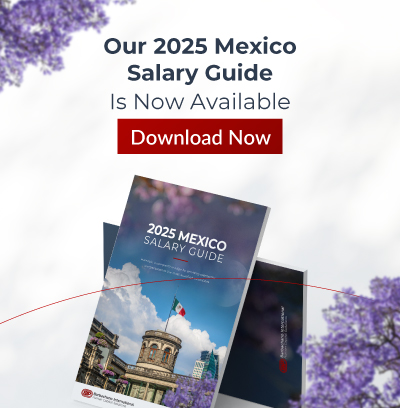
For many years, companies seeking to fill mid-level or higher positions have used applicants’ formal education as a sifting criterion. In other words, if the job-seekers had at least a bachelor’s degree in a relevant field, they were deemed “qualified” and merited an interview. In fact, many organizations started listing specific degrees as requirements for certain positions, a practice is known as degree inflation. Employers probably saw this approach as a way to raise the candidate bar, when in reality they may well have been “weeding out” very skilled, able individuals with know-how but not necessarily the college degree to back it up. These skilled candidates are often referred to as STARs, or applicants who are skilled through alternate routes.
After the 2008-2009 recession and especially since the COVID-19 outbreak, a shift has been occurring in education-based hiring practices. Although college degrees are by no means useless, and many occupations still rightfully require rigorous education behind them (who wants a doctor who didn’t go to medical school or a tax lawyer who didn’t pass the bar?) many companies such as Google, Tesla, and Apple have started to realize that certain positions are better filled by people with the requisite skills rather than people who have schooling but little experience.
Skills-Based Hiring: Working Definition
Skills-based hiring emphasizes a candidate’s practical, working knowledge. Companies focus on whether applicants can perform the job-related tasks rather than on their educational background or college degrees. HR hiring officials using this methodology aim to find and hire candidates with specific aptitudes—expertise in using particular software, for example.
According to Harvard Business Review, in their article “Skills-Based Hiring is on the Rise,” the shift (or reset) from an almost solely education-based hiring system to a more balanced, skills-based approach has occurred in two distinct waves: structural and cyclical.
Structural Reset
A structural reset occurred in the late 2010s, when the labor market began to be tight. Employers were unable to find the talent they needed to fill positions using their usual methods, so they had to get creative about where they looked. As a result, between 2017 and 2019, employers reduced degree requirements for 46% of middle-skill positions and 31% of high-skill positions, particularly for IT and managerial jobs (HBR.org). We are experiencing a similarly tight labor market today, which is partly responsible for keeping the skills-based hiring trend alive and well.
Cyclical Reset
The COVID-19 pandemic has been the catalyst for the cyclical reset. An estimated 73% of US domestic professionals experienced negative employment repercussions from reduced hours to job loss. In addition, many employers found themselves desperate for skilled candidates and willing to take them where they could get them and forego degree requirements—at least temporarily—to do so. This combination of circumstances led to a huge upskilling and reskilling wave, in which unemployed individuals found potential new job paths based on their actual skills and employers were willing to take them based on those skills and give them job-specific training.
In many cases, this trend has turned out to be a win-win scenario for job candidates and employers alike. Joseph Fuller, professor of management at Harvard Business School, says, “Previously overlooked workers will be able to pursue attractive career pathways even without a four-year degree, and companies will be better able to fill jobs that need filling.”
Benefits
HR Forecast has pinpointed five benefits that accompany harboring a more skills-based hiring mindset:
- Wider Talent Pool – Companies might back themselves into a corner by requiring degrees where they aren’t necessary. Especially in our current tight labor market, it makes sense to cast a broader net.
- Accelerated Time-to-Hire – By searching for candidates with degrees first and testing for skills later, employers extend the duration of the hiring process. By testing for skills first and foregoing the education requirements, companies can fill their positions faster.
- Reduced Costs – By confirming candidates’ competencies from the outset, employers can significantly cut down onboarding and training costs.
- Improved Retention Rates – According to research, candidates without four-year college degrees have 34% greater longevity in their jobs than their college-educated counterparts.
- Greater Diversity – An unnecessary degree requirement may rule out veterans, people with disabilities, and other minorities who could bring great diversity and experience to your team.
Final Notes
HR administrators should definitely be aware of skills-based hiring and how it can bring value to an organization. They would be wise to put methods in place to test for requisite skills and thereby open up opportunities for a whole new realm of applicants who have much to offer their employers. However, while this hiring method is gaining popularity and showing some good results, HR adviser Kara Govro cautions, “Skill-based hiring isn’t something where employers need to go all-in. You can give it a shot for positions where it seems like it might be useful and stick to tried-and-true methods for others” (HRCI).

By Octavio Lepe
Executive Vice-President
Octavio is the search practice leader for Sales & Marketing, Agribusiness, and D&I in the Americas.
Barbachano International is the premier executive search and leadership advisory firm in the Americas (USA, Mexico, Canada, and Latin America) with a focus on diversity and multicultural target markets. Outplacement and Exe


